In 2021, an eight-foot-long pregnant porbeagle shark was eaten by another shark—a discovery scientists least expected.
A team of scientists had tagged the creature off the coast of Cape Cod in Massachusetts in October 2020. Since this species of shark is endangered, the goal was to track their movements to see where conservation efforts were required.
Five months later, the tracker started registering some unexpected activity. It wasn’t long before researchers concluded the shark had fallen prey to an even larger predator.
Her story has since been shared by the team in the journal Frontiers in Marine Science.
The team concluded that a warm-blooded predator had eaten the porbeagle shark with the irregular change in temperature
Image credits: Pen News
All of the tracked sharks had two tags placed on their body.
The first one was called a finmount tag, placed on the shark’s fin and meant to give scientists an accurate geolocation when the fin was out of the water.
The second was a pop-off satellite archival tag, which noted the temperature and the animal’s depth in the ocean.
Image credits: Pen News
The porbeagle shark had been swimming in depths of around 1,640 to 3,280 feet. Because the animal had been so far from the sun, the temperature readings were quite low, usually no more than 10℃.
While still very deep in the ocean, the shark’s tag reached up to 25℃, with a slight change in its diving pattern. This was the moment scientists knew something unusual had happened and that the tag was most likely tracking another animal.
It is possible that the tag had fallen off the initial subject and was eaten by another animal, but this scenario is unlikely.
Image credits: Stock photo/Getty
James Sulikowski, director of the Coastal Oregon Marine Experiment Station at Oregon State University, said that they “knew that the tag was inside of a warm-blooded creature… and it wasn’t a whale or mammal because mammals are much warmer than that.”
Researchers deem the most likely predator would have been another lamnid shark, also noting that the three most well-known lamnid sharks are porbeagles, white sharks, and mako sharks, since their body temperatures typically hover between 25-27℃.
With their large size, porbeagle sharks were always believed to be apex predators
Image credits: Juan Boche
Porbeagle sharks can be found all across the Atlantic and South Pacific oceans, as well as the Mediterranean Sea, and can grow up to 12 feet long and weigh more than 500 pounds. They are considered an elusive species, meaning scientists don’t know too much about them.
Dr. Brooke Anderson, a marine biologist in the North Carolina Department of Environmental Quality, said: “This is the first documented predation event of a porbeagle shark anywhere in the world.”
Like many other sea creatures, overfishing and habitat loss are the main threats for porbeagle sharks, and they have been listed as “vulnerable” on the International Union for Conservation of Nature Red List of Threatened Species.
Because porbeagle sharks don’t reproduce much, the loss of a pregnant one is substantial.
“If predation is more widespread than previously thought, there could be major impacts for the porbeagle shark population that is already suffering due to historic overfishing,” Dr. Anderson said.
This unusual discovery has forced scientists to reconsider who is on top of the food chain
Image credits: Mile Ribeiro
This sort of phenomenon isn’t entirely uncommon, however. Larger sharks have tendencies to prey on their own species, something that has often gone unnoticed.
While this particular porbeagle may seem formidable at 8 feet long, white sharks are more than half that size the moment they are born. As adults, they can grow up to 16 feet and are fully capable of taking down other sharks.
Dr. Adrian Gutteridge, a fisheries assessment manager, said that “this porbeagle meeting its end from a much larger shark isn’t so much as surprising as it is a reminder of white sharks being at the top of the food chain.”
Similarly, a second shark had sunk to the bottom of the ocean
Image credits: GEORGE DESIPRIS
Researchers had also tagged another porbeagle shark and found unusual data from its tracking tags.
The fish had been swimming at a depth of around 1,968 feet when it suddenly sank closer to the bottom of the ocean.
The team in charge believe that another creature had killed the shark without eating any of its tags. After the shark sank, its tag resurfaced approximately three days later.
Sulikowski told USA Today, “Both sharks were attacked at about the same depth, at about the same location, a year apart from one another.”
Netizens took to the comments section to give their own theories
Image credits: Ben Phillips
Users have shared the many possible reasons this porbeagle shark seemingly “disappeared.”
One commented: “I wonder if the shark was targeted because she was pregnant? I bet a baby shark would be super easy to eat, and probably tasty.”
Others theorize that it wasn’t a matter of the food chain at all.
“It’s chilling in the Bermuda Triangle,” another added.
Those on Facebook share their theories on what could have happened to the shark
I’m wondering why the picture of a grouper? Pretty sure a grouper did not attack, much less eat, the shark.
I was raised on Cape Cod and have lived here most of my life. The great white shark 🦈 population is crazy now, I was lucky enough to go on a private chartered shark tour and we saw at least 15 different sharks, many very close to shore. I have never been a fan of swimming in the ocean but now I rarely go in. While on the shark tour National Geographic was filming/ doing research on a neighboring boat for shark week, which I thought was really cool.
I’m wondering why the picture of a grouper? Pretty sure a grouper did not attack, much less eat, the shark.
I was raised on Cape Cod and have lived here most of my life. The great white shark 🦈 population is crazy now, I was lucky enough to go on a private chartered shark tour and we saw at least 15 different sharks, many very close to shore. I have never been a fan of swimming in the ocean but now I rarely go in. While on the shark tour National Geographic was filming/ doing research on a neighboring boat for shark week, which I thought was really cool.

 Dark Mode
Dark Mode 

 No fees, cancel anytime
No fees, cancel anytime 






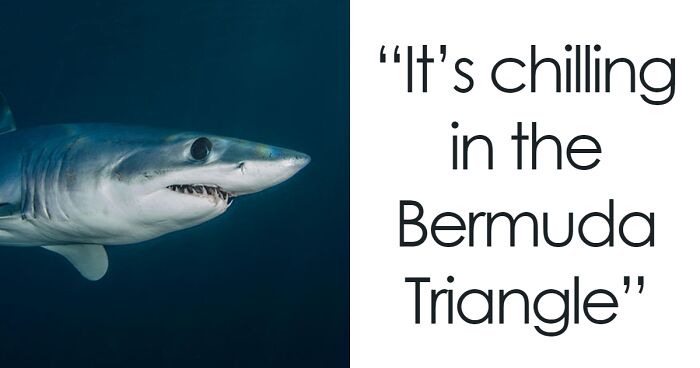

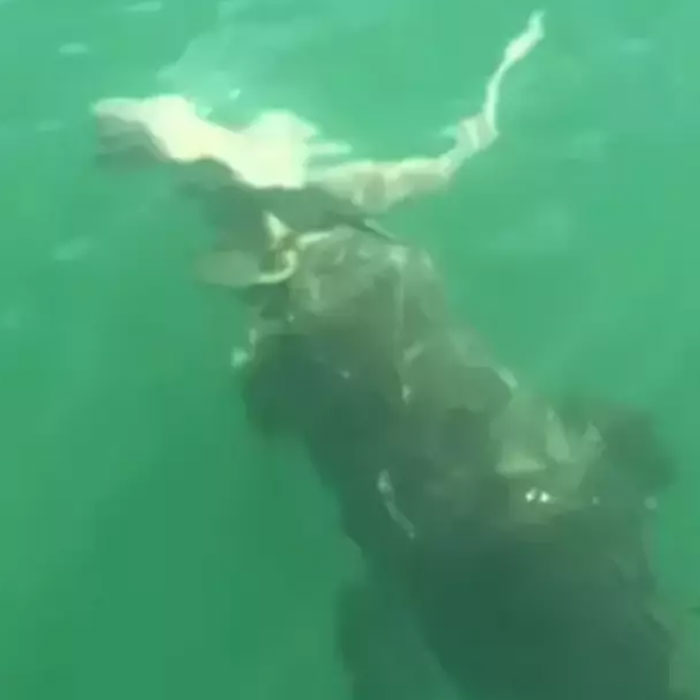

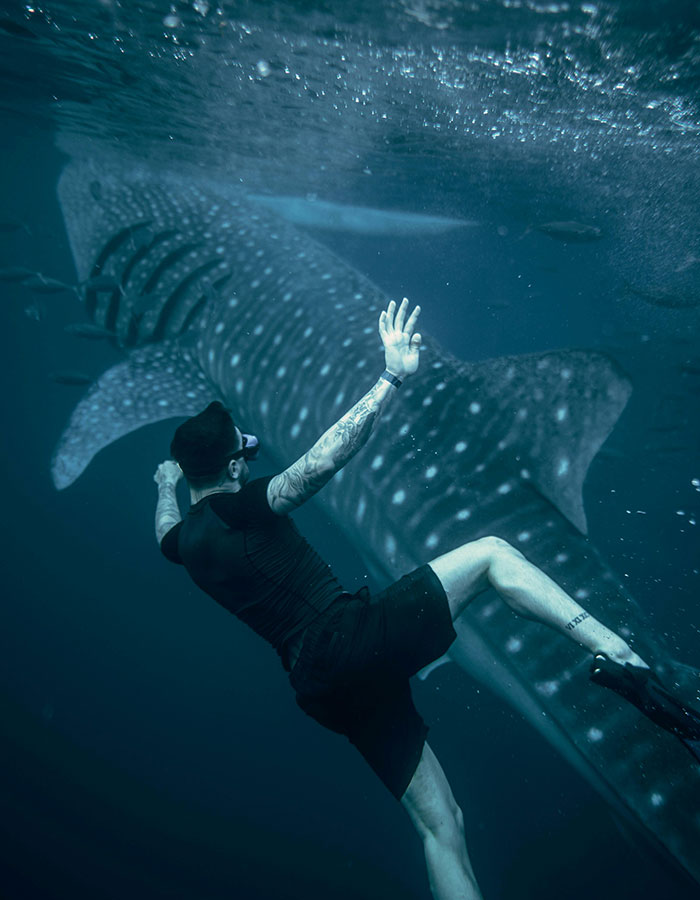
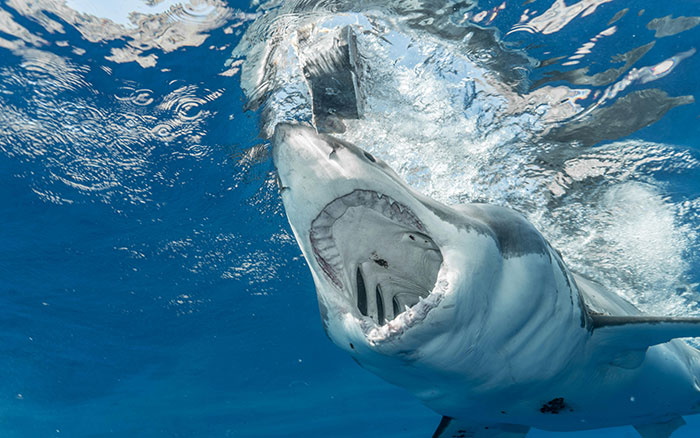

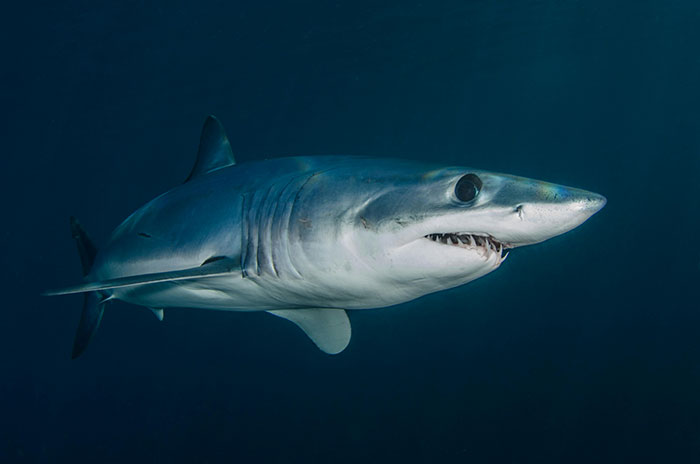






















































29
11